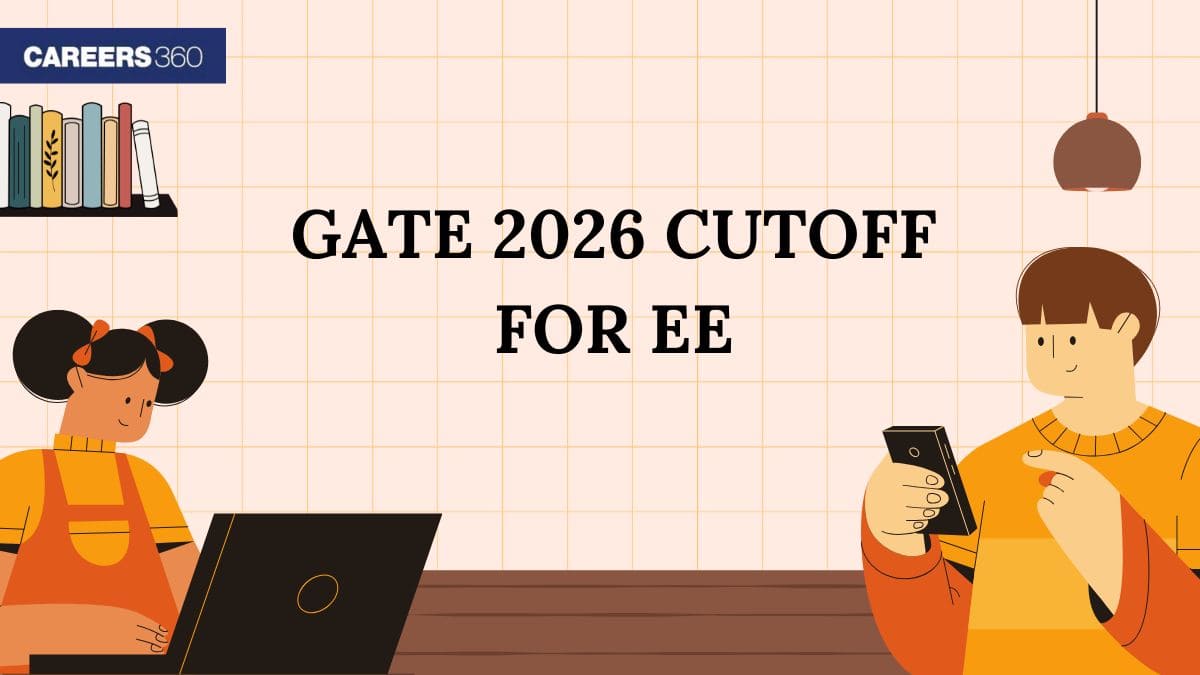National Institute of Technology (NITs) | Closing Rank |
General | OBC | SC | ST |
Dr. B R Ambedkar National Institute of Technology, Jalandhar (Control and Instrumentation Engineering) | 601 | 495 | 353 | 272 |
Malaviya National Institute of Technology, Jaipur (Power Electronics & Drives) | 737 | 615 | 456 | 383 |
Maulana Azad National Institute of Technology, Bhopal (Electrical Drives) | 605 | 558 | 422 | 311 |
Motilal Nehru National Institute of Technology, Allahabad | - | - | - | - |
National Institute of Technology, Agartala (Power System Engineering) | 545 | 464 | 362 | 255 |
National Institute of Technology, Warangal (Power Electronics & Drives) | 757 | 698 | 626 | 481 |
National Institute of Technology, Arunachal Pradesh | - | - | - | - |
National Institute of Technology, Calicut (Power Systems) | 669 | 622 | 499 | 349 |
National Institute of Technology, Delhi | NA | NA | NA | NA |
National Institute of Technology, Durgapur (Power System) | 601 | 520 | 387 | 307 |
National Institute of Technology, Goa (Power Electronics & Power Systems) | 609 | 510 | 353 | 302 |
National Institute of Technology, Hamirpur (Power System) | 575 | 515 | 387 | 324 |
National Institute of Technology, Jamshedpur (Power Systems) | 643 | 515 | 387 | 336 |
National Institute of Technology, Kurukshetra (Power System) | 749 | 555 | 426 | 336 |
National Institute of Technology, Manipur (Power System and Control System) | 494 | 460 | 294 | 241 |
National Institute of Technology, Meghalaya (Power & Energy Systems) | 498 | 451 | 307 | 270 |
National Institute of Technology, Mizoram | - | - | - | - |
National Institute of Technology, Nagaland (Power Systems Engineering) | 464 | 451 | 319 | 221 |
National Institute of Technology, Patna (Power Systems Engineering) | 707 | 559 | 464 | 230 |
National Institute of Technology, Puducherry (Power Electronics) | 566 | 537 | 383 | 298 |
National Institute of Technology, Raipur (Power System & Control) | 558 | 502 | 379 | 270 |
National Institute of Technology, Rourkela (Power Systems Engineering) | 660 | 626 | 481 | 379 |
National Institute of Technology, Sikkim (Control Power and Electric Drives) | 515 | 453 | 315 | 260 |
National Institute of Technology, Silchar (Power & Energy Systems Engineering) | 549 | 507 | 358 | 268 |
National Institute of Technology, Srinagar (Electrical Power and Energy System) | 507 | 430 | 311 | 362 |
National Institute of Technology, Surathkal (Power & Energy Systems) | 742 | 657 | 514 | 617 |
National Institute of Technology, Tiruchirappalli (Power Electronics) | 818 | 737 | 673 | 464 |
Sardar Vallabhbhai National Institute of Technology, Surat (Power Electronics & Electrical Drives) | 679 | 592 | 471 | 298 |
Visvesvaraya National Institute of Technology, Nagpur (Power Electronics & Drives) | 775 | 596 | 460 | 345 |

